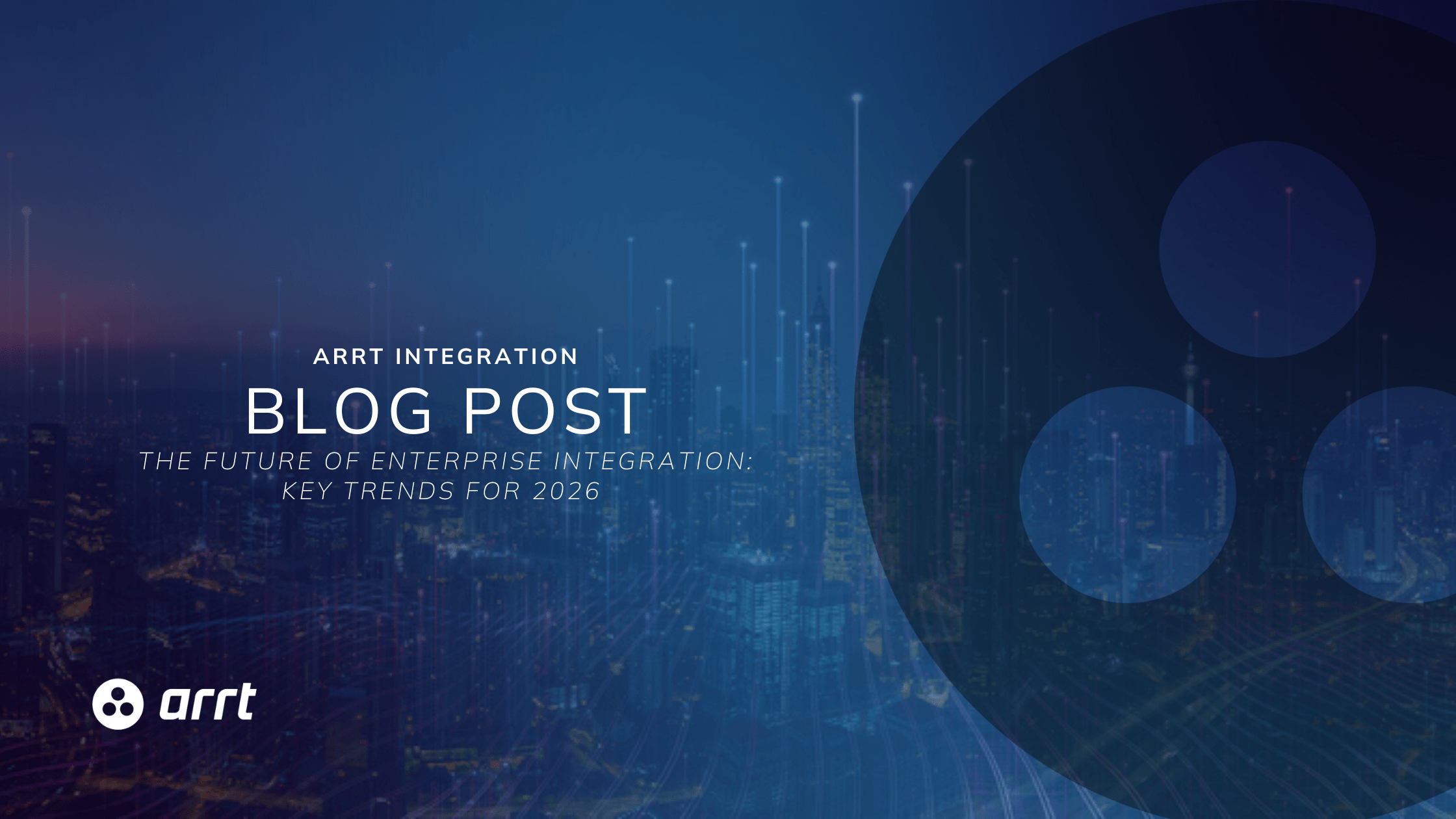The enterprise integration landscape is evolving at speed, not just through technology but through the frameworks and mindsets that govern how organisations connect, secure, and adapt their systems. This piece analyses the emerging integration themes set to define 2026, with a particular focus on AI governance, automation, observability, compliance, and the human side of transformation.
The enterprise environment continues to move toward greater accountability and transparency, with integration acting as the foundation for resilience and adaptability. A visual timeline or trend list can highlight how these developments are expected to evolve from 2024 to 2026.
Stay informed with our latest insights on integration, automation, and resilience.
AI Governance Becomes Non-Negotiable
As enterprises embed AI deeper into integration pipelines, 2026 will mark a shift from experimentation to accountability. Governance frameworks will no longer be optional; they will be essential for maintaining compliance, transparency, and trust.
According to Gartner’s AI Risk & Governance Outlook 2025, over 60% of large enterprises will adopt formal AI governance policies to manage transparency, data lineage, and explainability across interconnected systems. Similarly, ISO/IEC 42001, the emerging global standard for AI management systems, will drive consistent governance structures across industries.
Organisations that fail to establish accountability for automated decisions will face both reputational and regulatory risk as AI legislation matures across the UK and EU.
Automation with Oversight
Hyper-automation will continue to drive efficiency, but 2026 will emphasise controlled automation where every action can be monitored, explained, and adjusted in real time. Integrations will increasingly feature self-correcting mechanisms, powered by AI but guided by human-defined boundaries.
Forrester’s Automation Trends Report 2025 predicts that successful enterprises will pair automation with adaptive oversight models, balancing speed with security. The emphasis will shift from automating more to automating responsibly.
Observability as the New Integration Currency
Traditional monitoring is no longer enough. Enterprises will demand observability across every connected system, from API to data stream, to proactively detect anomalies and measure business impact.
Gartner anticipates that by 2026, observability will become a top-tier performance metric for IT operations, with 70% of organisations investing in unified telemetry across integration environments. This trend aligns with Microsoft’s Cloud Adoption Framework, which reinforces observability as central to operational excellence in hybrid and cloud-native systems.
The integration platforms of the future will not just connect systems; they will understand them.
Compliance at the Core
Regulatory pressure will reshape integration priorities. Frameworks such as the Digital Operational Resilience Act (DORA), ISO/IEC 42001, and new AI regulations will require architectural compliance by design.
As explored in arrt’s DORA report, resilience now depends on traceability from configuration data to business process, making compliance a continuous, not periodic, practice. Organisations that build compliance into the foundation of their integration strategy will find themselves better positioned for long-term stability and trust.
The Human Side of Transformation
Despite rapid automation, resilience in 2026 will depend on human adaptability. Organisations that empower teams to interpret data, challenge processes, and make informed decisions will outperform those that rely solely on tools.
McKinsey’s Digital Transformation Index 2025 highlights that companies combining automation with a strong culture of learning and cross-functional collaboration are 45% more likely to achieve sustained operational resilience. The future of integration will be defined as much by people and culture as by platforms and code.
The Biggest Change in Integration Isn’t Technology, It’s Accountability
In 2026, resilience will be defined by how organisations plan, monitor, and adapt. As AI, automation, and compliance evolve, the leaders will be those who bring clarity, transparency, and human oversight to every connection.
That is why you need to Partner with ARRT as we understand the Rules of the Game. Contact Us





follow us